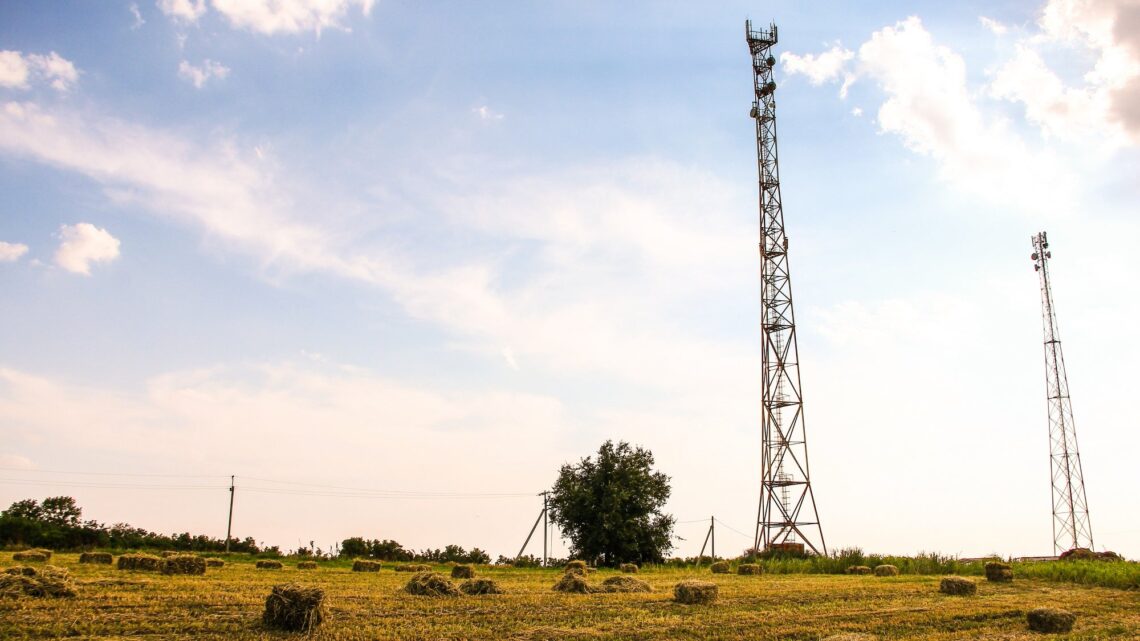Rural and Indigenous communities are at risk of losing cell service thanks to a 2019 law intended to strip US telecom networks of Chinese-made equipment. And while local companies were promised reimbursements as part of the “rip-and-replace” program, many of them have so far seen little of the funding, if any at all.
The federal push to block Chinese telephone and internet hardware has been years in the making, but gained substantial momentum during the Trump administration. In May 2019 an executive order barred American providers from purchasing telecom supplies manufactured by businesses within a “foreign adversary” nation. Industry and government officials have argued China might use products from companies like Huawei and ZTE to tap into US telecom infrastructure. Chinese company representatives have repeatedly pushed back on these claims and it remains unclear how substantiated these fears are.
[Related: 8.3 million places in the US still lack broadband internet access.]
As The Washington Post explained on Thursday, major network providers like Verizon and Sprint have long banned the use of Huawei and ZTE equipment. But for many smaller companies, Chinese products and software are the most cost-effective routes for maintaining their businesses.
Meanwhile, “rip-and-replace” program plans have remained in effect through President Biden’s administration—but little has been done to help smaller US companies handle the intensive transition efforts. In a letter to Congress on Thursday, FCC Chairwoman Jessica Rosenworcel explained an estimated 40 percent of local network operators currently cannot replace their existing Huawei and ZTE equipment without additional federal funding. Although $1.9 billion is currently appropriated, revised FCC estimates say another $3 billion is required to cover nationwide rip-and-replace costs.
Congress directed the FCC to begin a rip-and-replace program through the passage of the 2020
Read the full article here

